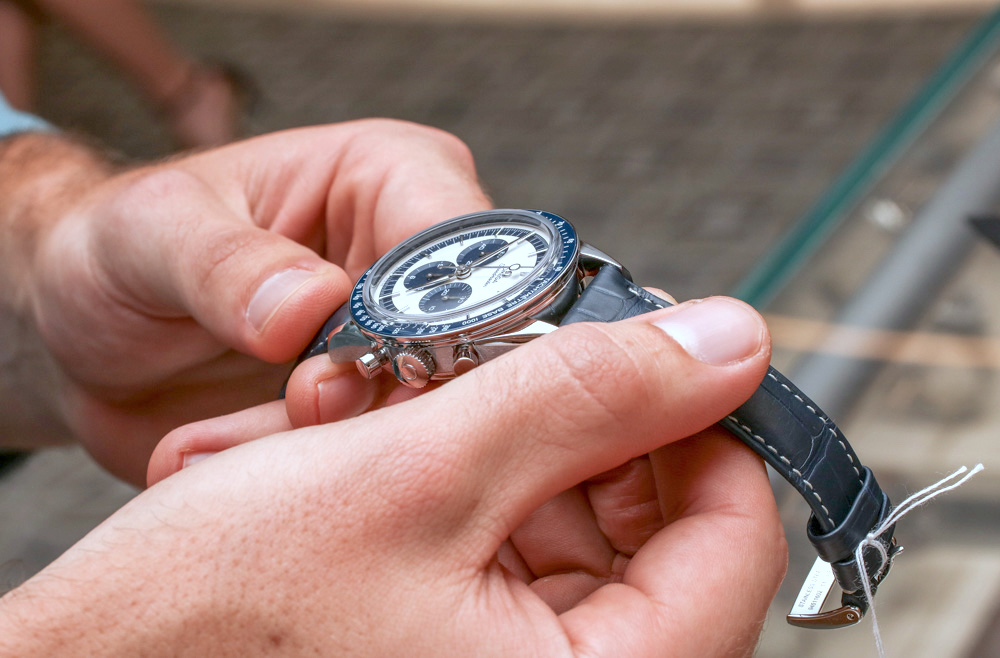With major auction houses completing their wave of fine jewellery auctions, it was no surprise to see that Cartier lead the way in prices achieved on signed pieces. On May 15th, Sothebys auctioned a collection of privately owned jewellery featuring iconic pieces by Cartier. They included a magnificent diamond fringe necklace (below left) which is set with 190.77 carats worth of internally flawless diamonds comprising of 41 pear-shaped diamonds, 148 brilliant-cut diamonds and 101 marquise-shaped diamonds, the most impressive being the principal 20.30 carat pear-shaped diamond. Such is its importance, the diamonds are accompanied by over 30 GIA reports. This piece alone achieved £4,616,000. Other Cartier highlights from the auction included a superb and extremely rare ruby and diamond ring (below right) set with a cushion-shaped ruby weighing 25.59 carats, between shield-shaped diamonds. This rare ruby, combined with its elegant design ensured that the bidding sold well above its auction estimate of £8,105,835 - 12,124,113 and achieved an impressive £28,250,000. It is not only the rarity of the gem materials used in these pieces, but the Cartier name which instantly commands respect. These are two exquisite examples of the public demand of this iconic brand.


For decades, auction houses have been breaking records with prices achieved on Cartier jewellery. This is no surprise. Established in his native Paris by Louis-François in 1847, the Cartier brand goes hand in hand with the very notion of luxury with members of Royalty and celebrities wearing their designs. King Edward VII of England referred to Cartier as "the jeweller of kings and the king of jewellers". Primarily known for their work with platinum and diamonds, they were also instrumental in driving forward the geometrical trend of the Art Deco movement. When Tutankhamen’s tomb was discovered in 1922, Cartier were influenced by it and released a range of Egyptian revival jewellery (example below left). Other iconic designs include their “Tutti frutti” collection, a range of jewellery set with rubies, sapphires and emeralds influenced by a trip to India in 1910 and named thus in 1970. This Tutti Frutti bracelet (below right) broke records in December 2014 when it was auctioned at Sotheby’s for $2.1million, almost twice its original estimate.


Cartier was the favoured jewellery for the Duke and Duchess of Windsor, a love affair that at the time shocked the nation. Their shared passion for Cartier is captured in timeless pieces such as this custom designed and made flamingo brooch (below). When Sotheby’s auctioned this in 2010, it sold to an anonymous bidder for $2.52 million.

Cartier is also known for its outstanding timepieces such as the mystery lock (below left). They were inspired by the work of the 19th century French magician and clockmaker Jean Eugène Robert-Houdin and were first designed for Cartier in 1913 by Maurice Couet. The particular model pictured was sold by Sotheby’s for 394,344 GBP, almost double its auction estimate. In 1904, the first Cartier wristwatch was created for Alberto Santos-Durmont, who was an aviator and a good client and friend to Louis Cartier. This is when the Santos watch (below right) was born, although it did not go on sale until 1911, it was an instant hit. This was soon followed by the Cartier Tank watch in 1917, inspired by the bird’s eye view of a World War I tank’s square cockpit.


With such a rich history and a plethora of high profile and loyal clients, it is little wonder that Cartier has such a high demand at auction and still leads the pack with the major luxury jewellery houses.
Do you have any Cartier jewellery you would like to sell or borrow against? Contact us today.


 WhatsApp Us
WhatsApp Us


